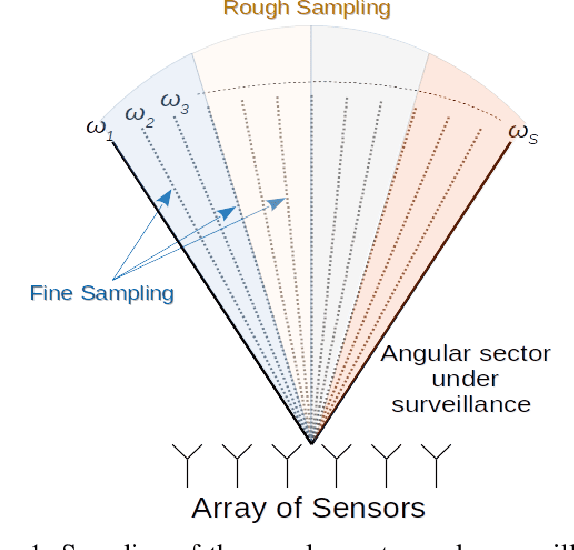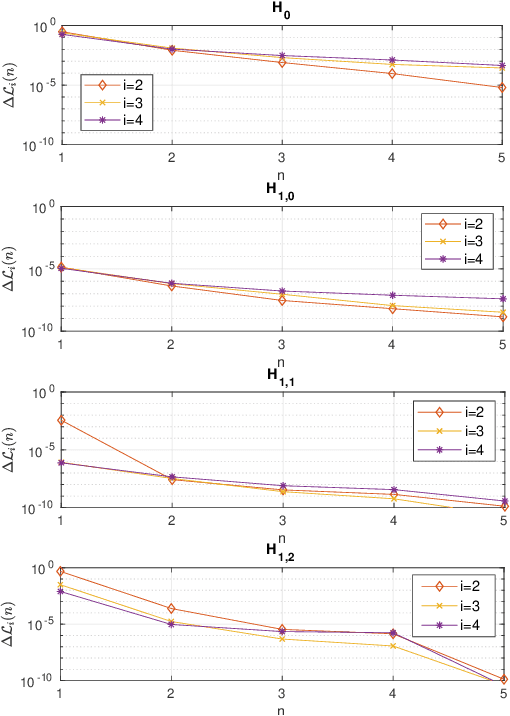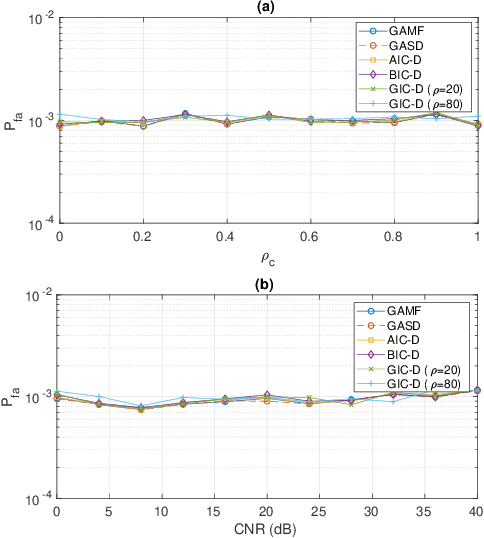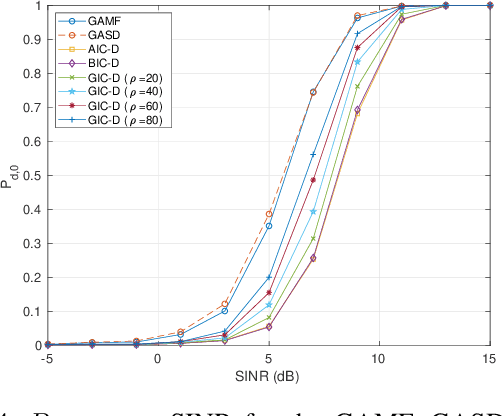Adaptive Radar Detection and Classification Algorithms for Multiple Coherent Signals
Paper and Code
Dec 23, 2020



In this paper, we address the problem of target detection in the presence of coherent (or fully correlated) signals, which can be due to multipath propagation effects or electronic attacks by smart jammers. To this end, we formulate the problem at hand as a multiple-hypothesis test that, besides the conventional radar alternative hypothesis, contains additional hypotheses accounting for the presence of an unknown number of interfering signals. In this context and leveraging the classification capabilities of the Model Order Selection rules, we devise penalized likelihood-ratio-based detection architectures that can establish, as a byproduct, which hypothesis is in force. Moreover, we propose a suboptimum procedure to estimate the angles of arrival of multiple coherent signals ensuring (at least for the considered parameters) almost the same performance as the exhaustive search. Finally, the performance assessment, conducted over simulated data and in comparison with conventional radar detectors, highlights that the proposed architectures can provide satisfactory performance in terms of probability of detection and correct classification.
 Add to Chrome
Add to Chrome Add to Firefox
Add to Firefox Add to Edge
Add to Edge